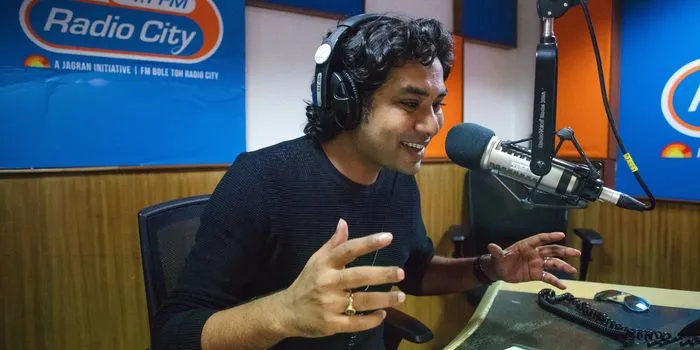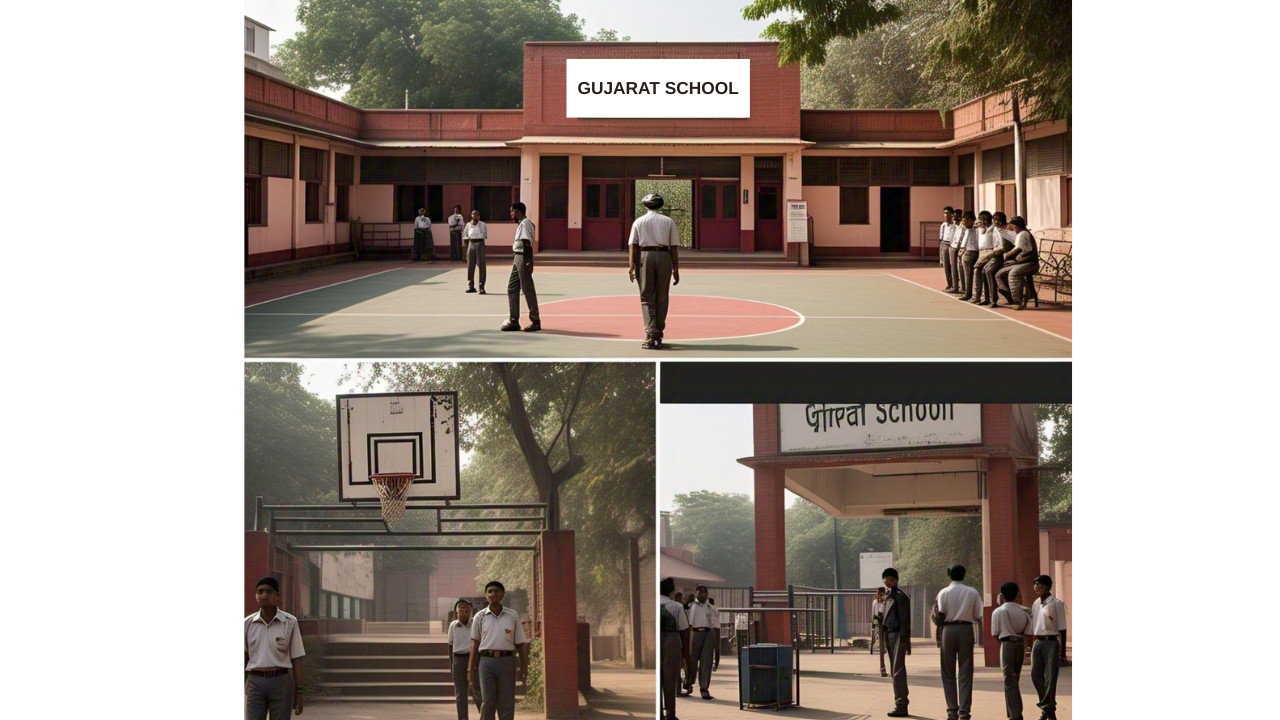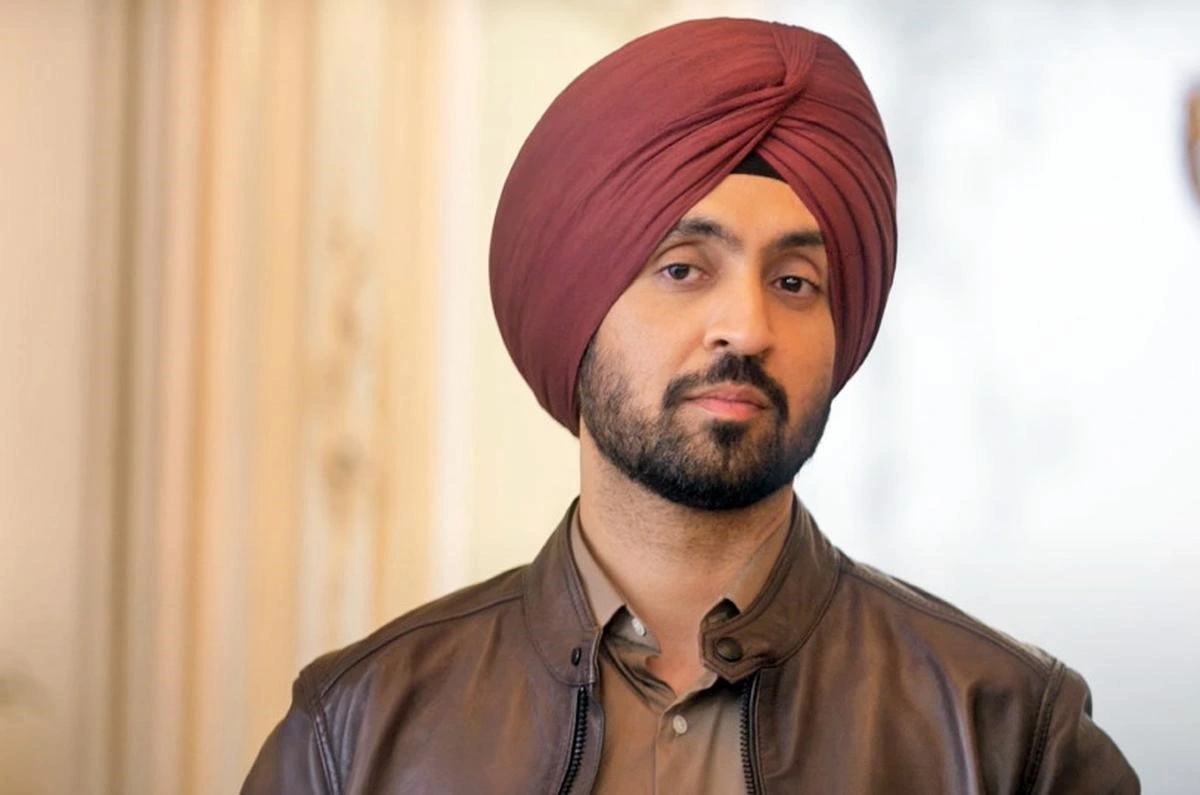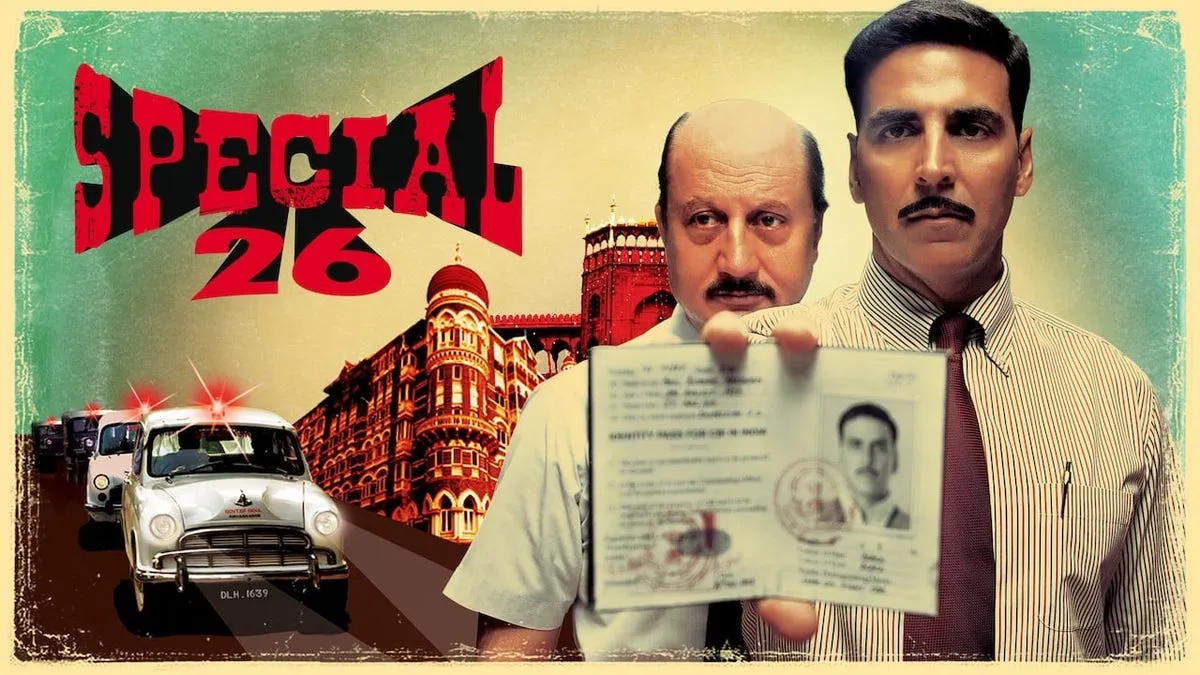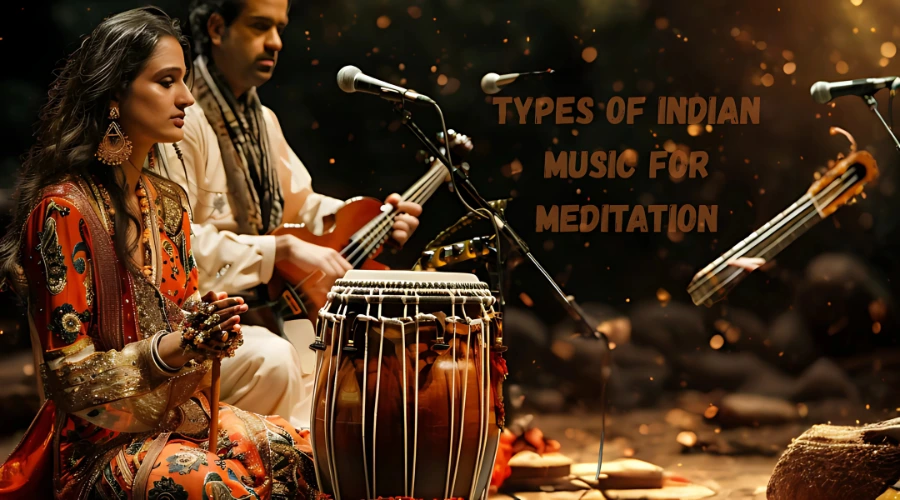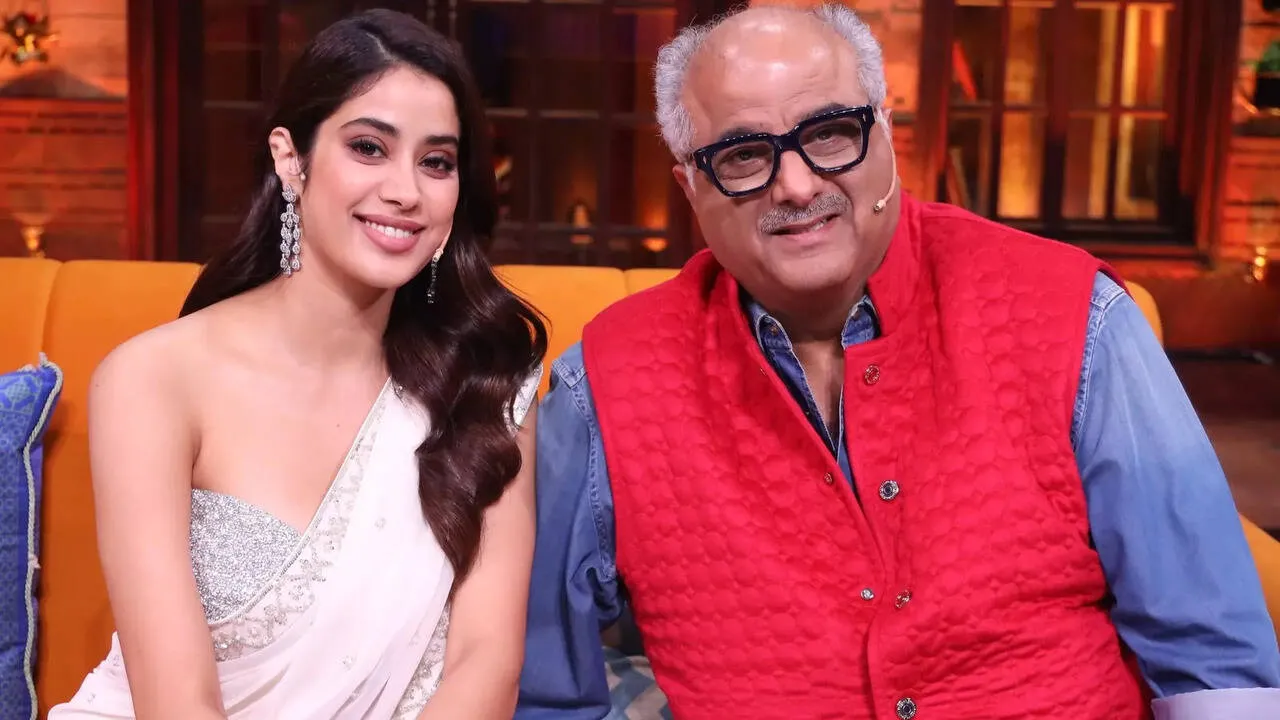In today’s digital world, it’s easy to forget the sound of the radio. With Spotify, YouTube, and apps everywhere, most people assume FM is fading. But take a drive through Punjab’s smaller towns like Barnala, Gurdaspur, or Mansa and you’ll hear something different.
The radio isn’t just alive here. It’s a star.
A Daily Habit That Refuses to Die

In places like Malerkotla or Ferozepur, FM radio is still a part of everyday life. People start their mornings with it.Farmers switch it on while getting ready for the fields. Shopkeepers play it softly while setting up their stalls. Even homemakers listen while making breakfast or doing chores.The voices that come through the radio feel familiar. Almost like a friend stopping by every day at the same time.In towns where life is slower and closer to the ground, radio still fits right in.
No Internet? No Worries.
One big reason FM radio continues to thrive is because it’s simple. You don’t need mobile data. You don’t need an app. No login. No monthly fees. Just a basic phone with an FM setting and you’re good to go.Even when the internet is slow or down during power cuts, the radio keeps playing.In many homes, especially in rural belts, that makes a big difference.
RJs: The Real Stars Behind the Mic
What keeps people hooked isn’t just the music. It’s the people speaking between the songs, the RJs.In Punjab’s towns, radio jockeys are local celebrities. But they’re more than that. They’re trusted voices. They’re friends.
Let’s meet a few of them.
RJ Meenakshi, who hosts the morning show on 94.3 My FM Jalandhar, is a household name. She mixes laughter, life tips, folk songs, and news in a way that just clicks. People often send her messages like they would to a close friend.
In Patiala, RJ Gagan from Big FM 92.7 is a youth favourite. His afternoon shows talk about college life, love, and life problems. Students call in. They share stories. And sometimes, just their feelings.
RJ Neetu, on Radio City 91.1 Amritsar, does something special. She talks about women’s issues openly. Education for girls. Safety. Confidence. Her shows often turn emotional, with real callers sharing real-life struggles.
Then there’s RJ Ashish from Red FM 93.5 Ludhiana. He uses humour and character voices to keep things light. But he also slips in important messages — about drug addiction, traffic safety, and civic pride.
These RJs have never been seen by most of their fans. Yet, they’re trusted, loved, and even missed when off-air.
Why Radio Still Works So Well in Small-Town Punjab?
It’s not just a habit. There are solid reasons behind radio’s lasting success:
- Language matters: The shows are in Punjabi. Not textbook Punjabi, but local dialects. It sounds real.
- Local news, not national noise: FM tells you if a school is closed. Or if the grain mandi is open. It tells you what matters here.
- It feels personal: RJs talk like they’re speaking just to you. They take calls, share wishes, give shoutouts.
- No barriers: Your dadi can tune in. So can the shop boy or the bus conductor. No tech knowledge needed.
The Small-Town Business Angel
While big brands chase followers online, small-town businesses still trust the radio.A clothing store in Nabha, a dairy distributor in Bathinda or a local coaching centre in Fazilka, they all advertise on FM.
They do so because their customers are listening. Morning and evening shows have the most ears. And radio ads cost less than digital ones.
According to recent reports, while big-city radio ads dropped, regional FM in north India actually grew. It might be slow growth, 4 to 5 percent in 2023 but it’s steady and that matters.
Radio Is More Than Music
In Punjab, FM is not just fun. It’s also a strong voice for change.
During the COVID-19 lockdowns, when people were scared and unsure, it was the radio that calmed nerves. RJs gave out real updates. They busted fake news. They encouraged people to stay strong.
Even now, radio shows focus on real issues:
- Water problems in Mansa and Barnala
- Drug awareness in border towns
- Education for girls in rural belts
- Voter awareness before elections
These are not boring lectures. The RJs make them real, simple, and relatable. That’s why they work.
Radio Learns New Tricks
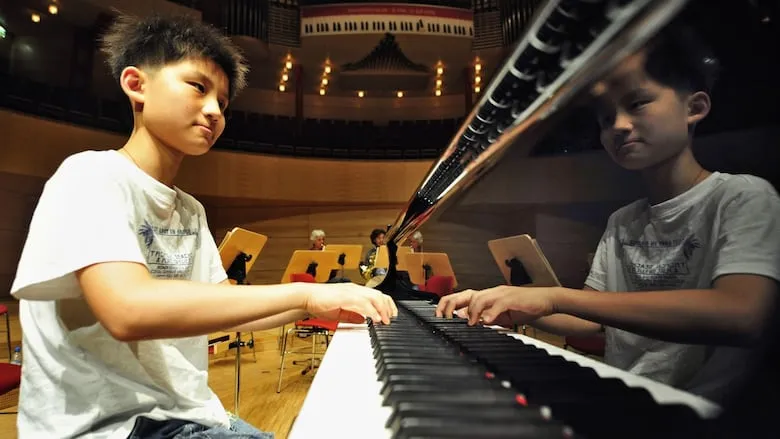
Radio is old-school, yes. But it’s also learning to stay cool.
Many FM stations now have Instagram pages. RJs go live. They share behind-the-scenes videos. Some even upload their shows on YouTube or Spotify.
This way, young listeners can still enjoy their favourite voices, even if they miss the live show. It’s FM + digital. A smart mix.
What the Future Looks Like
There’s a push for more community radio in Punjab. These are smaller stations run by colleges, NGOs, or local bodies.
They speak the language of the street. Talk about very local issues. And build trust in places where mainstream media can’t reach.
One example is Radio Rampur in Bathinda. It’s run by a local team and covers issues like farmer rights, village education, and seasonal jobs.
If more such stations open up, the future of radio in Punjab will be even brighter.
Final Words: It Never Left
Many people say, “Radio is making a comeback.” But in small-town Punjab, it never really left.
It has been there — every morning, every afternoon, and every evening — playing music, telling stories, and keeping people company.
In cities, people scroll and swipe. Here, people listen.
In an age full of noise, maybe it’s this quiet, trusted voice that still wins.


